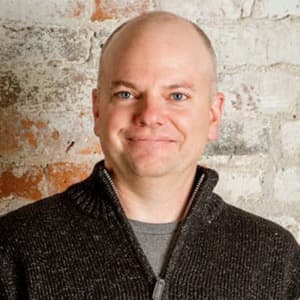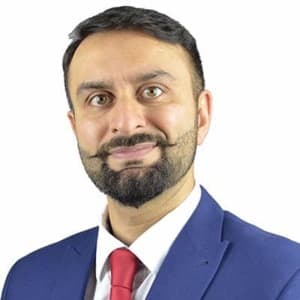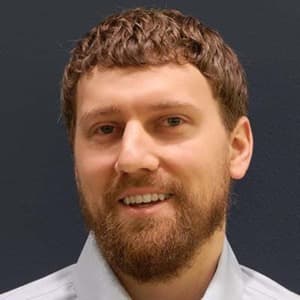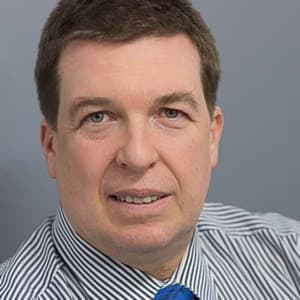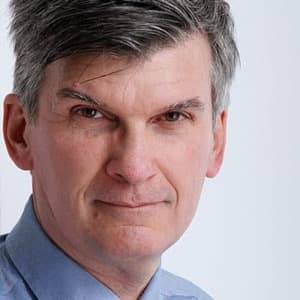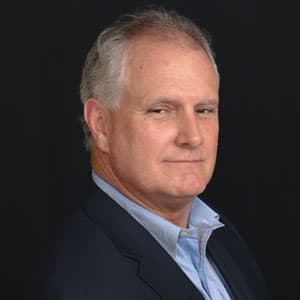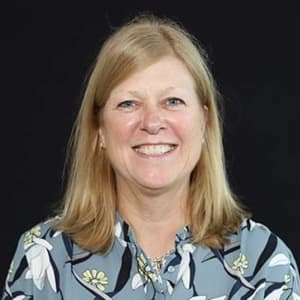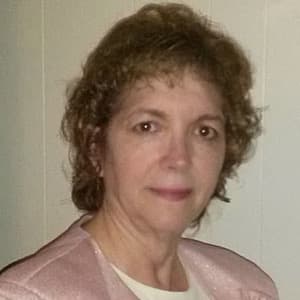The Blog
BBC Interview Series: Kent J. McDonald of Knowledge Bridge Partners
In anticipation of his presentation at Building Business Capability in Vegas, Nov. 2 – 6, 2015, we asked Kent J. McDonald, Product Ownership Consultant at Knowledge Bridge Partners, a few questions about pursuing business excellence. Check out his interview in relation to his BBC presentation entitled, Lessons Learned in Product Ownership.
Q: How is your organization advancing the pursuit of business excellence and how does it impact your business units/departments?
A: My organization focuses on helping other organizations determine the right thing to deliver. That inherently advances the pursuit of business excellence through encouraging teams to work on projects that add value to their organization and deliver products that satisfy their customer’s needs. I mostly work with teams doing software development, primarily for internal IT purposes but also teams developing software products or services based on software. This work certainly impacts those teams, but it also has a big impact on the parts of the organization that determine what products and features to deliver (i.e. Product Management) as well as decide what IT projects to work on (i.e. Portfolio Management and the business units that feed ideas into the project portfolio. ) The biggest impact always seems to be on decision making and interaction between those that have the need and those that can satisfy it.
Q: Can you describe the challenges you face or have already overcome in establishing a more cohesive and productive company or organization?
A: The biggest challenge I face in helping organizations deliver the right thing is getting different parts of the organization to accept and exhibit their part in the overall decision making process. There are often large cultural barriers that prevent different organizations from working together to make decisions that have the best interest of the entire system in mind instead of just their particular part of it. Another big challenge is to move people away from justifying the existence of their department/organization to proactively working with other roles to successfully completing projects or delivering products.
Q: What are your near term goals for creating a more agile organization at your business or company?
A: Our near term goal is to build an understanding of the needs of our customers and to identify products and services that satisfy those needs. The area we have chosen to focus on is product ownership, so we specifically look for areas where we can help our customers improve their product ownership activities. It’s a little meta, but we look to create a more agile organization by delivering the right things that help our customers deliver the right things.
Q: What’s the most valuable thing you’ve learned in 2015 thus far? What’s the most important goal/trend for [pick one or two: business analysts, business architects, business process managers and/or business rules managers] to keep in mind?
A: Focus on outcome, not output. Business analysis is about understanding your stakeholders, their needs, and the context in which those needs are relevant; then building a shared understanding of those needs with the team that can deliver a solution to satisfy those needs. Business Analysts should not measure value they deliver based on the requirements they identify, but the outcomes they help achieve.
Q: What’s the latest method/process/tool you have implemented to help your organization or business run more efficiently and effectively?
A: I have picked up several very helpful, yet very simple techniques recently that help organizations run more effectively and efficiently. I’ll pick one that I’ll mention in my talk which I call movie phone estimating. This is the idea that when you are being asked when something is going to be done and how much it will cost, turn the conversation around to ask what the budget or constraints are (when do you need something done, how much are you willing to spend) and then discuss what is possible within those constraints. This subtle difference in the conversation tends to remove the estimating limbo that many teams waste their time on.
Q: If you could give your five-years-ago self-insight and advice about this industry, what would you say?
A: Simple techniques/processes/methods have a much better chance of getting adopted than really complicated ones. These simple techniques often drive complex behavior and are going to be more useful in the long run. Also, context is extremely important. What works well in one situation doesn’t necessarily work well in all.
Q: Sneak preview: Please tell us a take-away that you will provide during your talk at Building Business Capability.
A: UX Matters, even on internal IT Projects.
—————————–
Don’t miss Kent’s presentation,Lessons Learned in Product Ownership at Building Business Capability on Thursday, November 5, 2015 from 11:50 am to 12:50 pm. Click here to register for attendance.
2018 Program
Connect
Building Business Capability is the only conference that provides insight into Business Analysis, Business Architecture, Business Process, Business Rules, Business Decisions, and Business Strategy & Transformation toward the pursuit of business excellence.
STAY CONNECTED
Event Produced and Organized by Rising Media in association with Business Rule Solutions Copyright © 2010-2018, Rising Media, Inc. All Rights Reserved.

